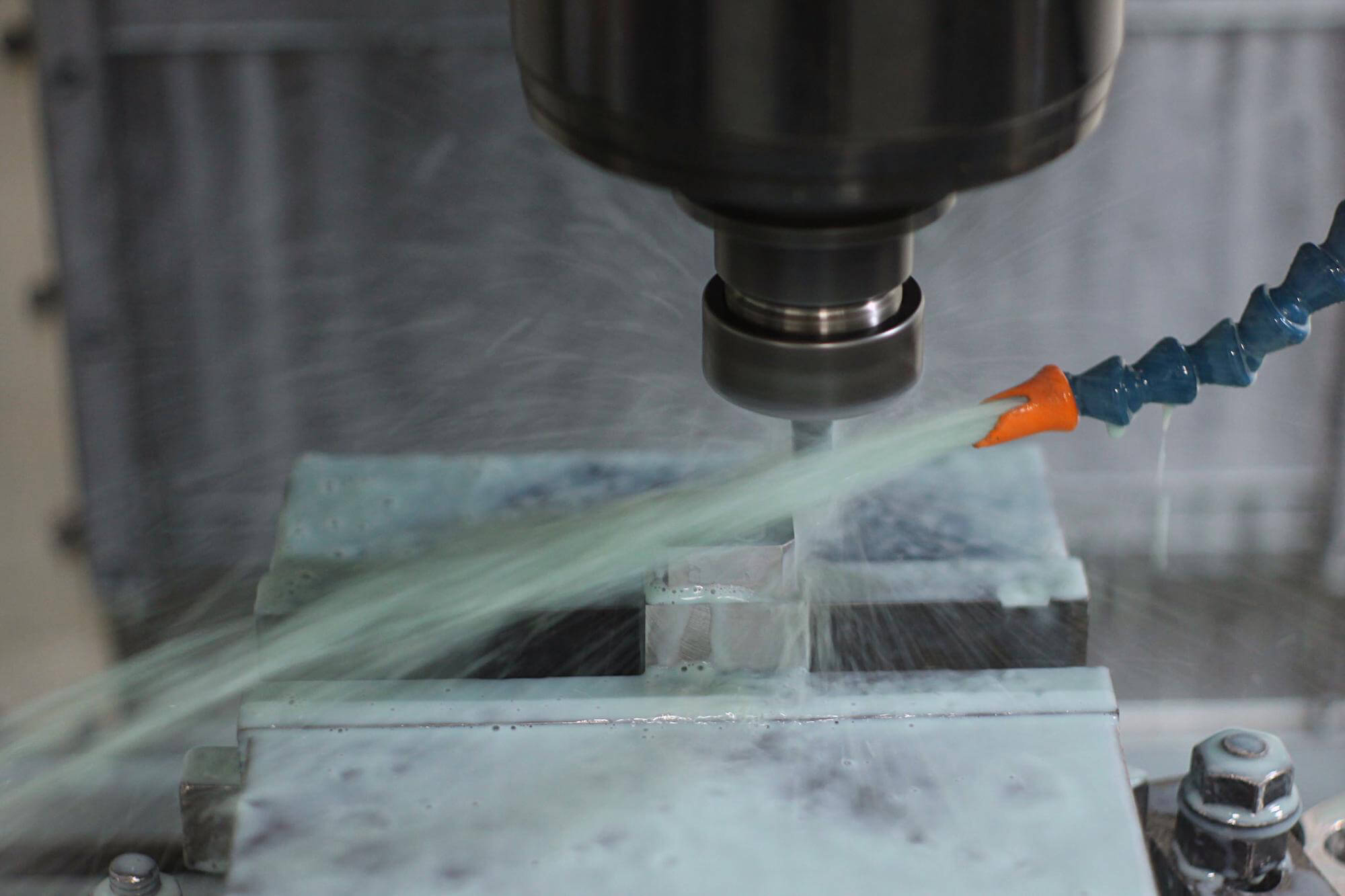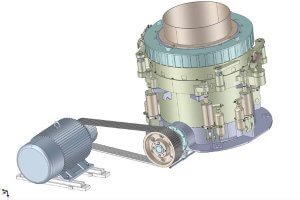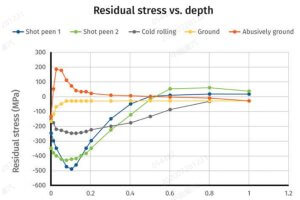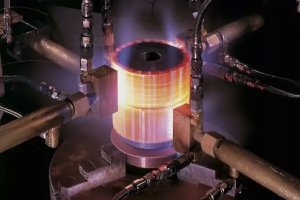Ceramic tools have brought a significant transformation in the realm of high-speed cutting for CNC machining parts. These tools are celebrated for their superior hardness, exceptional wear resistance, and impressive performance at high temperatures. They’ve effectively replaced traditional tools in many areas, enabling machinists to cut harder materials and achieve faster cutting speeds. This article delves into the evolution, types, and performance of ceramic tools, highlighting their critical role in revolutionizing high-speed CNC machining.
The Evolution of Ceramic Tools
Over the past three decades, the development of ceramic tools has been a focal point for many industrialized nations. The advancements in computer technology have paved the way for sophisticated ceramic tool materials designed to meet the stringent requirements of high-speed cutting. Early ceramic tools were primarily composed of pure alumina (Al2O3), but these tools had limitations in strength and toughness, restricting their use. However, the introduction of composite ceramic materials, such as alumina-based and silicon nitride-based ceramics, has significantly broadened their application range.
Types and Performance of Ceramic Tool Materials
- Alumina-Based Ceramic Tools:
Alumina-based ceramic tools, particularly those reinforced with titanium carbide (TiC) or silicon carbide (SiC), have been widely adopted for their improved strength and toughness. These tools are particularly effective for cutting hard materials like hardened steels and cast iron. The addition of carbides and nitrides enhances the wear resistance and cutting efficiency, making them suitable for high-speed cutting operations. Typical Alumina-Based Ceramic Tools: Country Grade Main Components Density (g/cm³) Hardness (HRA) Bending Strength (MPa) Fracture Toughness (MPa·m1/2) China LT55 Al2O3/TiC 3.96 93.7 – 94.8 900 5.04 USA WG300 Al2O3/SiC 3.94 94.7 – 95.3 850 4.94 Japan JX-1 Al2O3/TiB2 3.63 94 – 95 700 – 800 8.5 - Silicon Nitride-Based Ceramic Tools:
Silicon nitride (Si3N4) ceramics are known for their excellent thermal stability, resistance to thermal shock, and low thermal expansion. These properties make them ideal for high-speed cutting of cast iron and superalloys. Si3N4-based tools maintain their hardness and toughness even at elevated temperatures, which is crucial for maintaining cutting efficiency and tool life in demanding conditions. Typical Silicon Nitride-Based Ceramic Tools: Country Grade Main Components Density (g/cm³) Hardness (HRA) Bending Strength (MPa) Fracture Toughness (MPa·m1/2) Japan NX2525 Si3N4/TiN 3.25 95 1000 7.5 Germany Kyon2000 Si3N4/SiC 3.32 92.8 960 8.3 USA Quantum500 Si3N4/SiC 3.23 94.7 1000 8.0 - Composite Ceramic Tools:
Composite ceramics combine multiple materials to achieve a balance of hardness, toughness, and wear resistance. These tools are designed to handle a wide range of cutting conditions, from roughing to finishing. They are particularly useful for machining difficult-to-cut materials like nickel-based superalloys and hardened steels. Typical Composite Ceramic Tools: Country Grade Main Components Density (g/cm³) Hardness (HRA) Bending Strength (MPa) Fracture Toughness (MPa·m1/2) USA Kyon3000 Al2O3/SiCw/TiC 3.94 94.5 850 7.8 Germany MC2 Si3N4/SiCw/TiN 3.32 93.5 750 8.2 Japan JX-2 Al2O3/SiCw/TiB2 3.73 94 – 95 700 – 800 8.5
Advancements in Toughening Mechanisms
To overcome the inherent brittleness of ceramic materials, researchers have developed various toughening mechanisms. These include particle dispersion, phase transformation, whisker reinforcement, and synergistic effects of multiple mechanisms. These advancements have significantly improved the fracture toughness and impact resistance of ceramic tools, making them more reliable and versatile in high-speed cutting applications.
- Particle Dispersion Toughening:
By dispersing hard particles like TiC and TiN in the ceramic matrix, the toughness of the tool material can be enhanced. These particles hinder crack propagation and improve the overall strength and wear resistance of the tool. - Phase Transformation Toughening:
This mechanism utilizes stress-induced phase transformations to absorb energy and prevent crack growth. Zirconia-toughened ceramics (ZTC) are a prime example, where the transformation from tetragonal to monoclinic phase enhances toughness. - Whisker Reinforcement:
Incorporating whiskers such as SiCw into the ceramic matrix provides significant toughening by bridging cracks and deflecting crack propagation. This method has been particularly effective in improving the performance of ceramic tools in cutting superalloys. - Synergistic Effects:
Combining multiple toughening mechanisms, such as particle dispersion and whisker reinforcement, results in ceramic tools with superior mechanical properties. These tools offer a balanced combination of hardness, toughness, and wear resistance, suitable for a wide range of high-speed cutting applications.
High-Speed Cutting Applications
Ceramic tools have found extensive applications in high-speed cutting, particularly in the automotive and aerospace industries. They are used for machining engine components, turbine blades, and other critical parts that require high precision and durability. The ability to operate at higher cutting speeds and feed rates without compromising tool life makes ceramic tools invaluable in these industries.
Key Benefits of Using Ceramic Tools:
- Increased Cutting Speed: Ceramic tools can operate at cutting speeds 3-10 times higher than carbide tools, significantly reducing machining time.
- Extended Tool Life: The superior wear resistance of ceramic materials extends tool life, reducing the frequency of tool changes and downtime.
- Improved Surface Finish: The hardness and sharpness of ceramic tools result in better surface finishes, reducing the need for secondary operations.
- Cost Efficiency: Despite the higher initial cost, the increased productivity and reduced tool replacement frequency make ceramic tools cost-effective in the long run.
Ceramic tools have undoubtedly revolutionized high-speed cutting in CNC machining parts. Their advanced materials and toughening mechanisms have addressed the limitations of traditional tools, enabling machinists to achieve higher productivity, precision, and cost efficiency. As research and development continue to advance, ceramic tools will play an increasingly critical role in the future of high-speed CNC machining, driving further innovations and efficiencies in the manufacturing industry.
Other Articles You Might Enjoy
- Exploring Bead Blasting In CNC Machining(cnc cutting tools Hale)
Bead blasting is a crucial technique applied extensively in the realm of Computer Numerical Control (CNC) machining. This process transforms the exterior aesthetics and surface quality of machined parts, augmenting…
- Understanding Bead Blasting in CNC Machining(cnc cutting tools Miles)
CNC machining is a manufacturing process known for its precision and versatility. One important aspect of this process that contributes significantly to both its functionality and finish quality is bead…
- Transforming CNC Machining with Smart Manufacturing Techniques
Introduction: CNC Machining and Smart Manufacturing Techniques CNC (Computer Numerical Control) machining is a manufacturing process where pre-programmed computer software dictates the movement of factory machinery. This technique enables complete…
- High-Speed Cutting Legends Transforming CNC Machining Parts
High-speed cutting (HSM or HSC) is not just a technological advancement; it's a fascinating journey of innovation that has transformed CNC machining parts over the decades. Let's take a trip…
- Bead Blasting: The Secret to Quality CNC Machining(cnc machining tools Mavis)
The world of manufacturing has witnessed revolutionary changes with the advent of Computer Numerical Control (CNC) machining. It is a process used in the manufacturing sector that involves the use…
- Understanding CNC Machining: The Bead Blasting Process(cnc machining tools Valentina)
In the world of manufacturing, precision is paramount. One widely adopted method known for its precision is CNC machining. An integral subcomponent in the broader spectrum of CNC (Computer Numerical…









